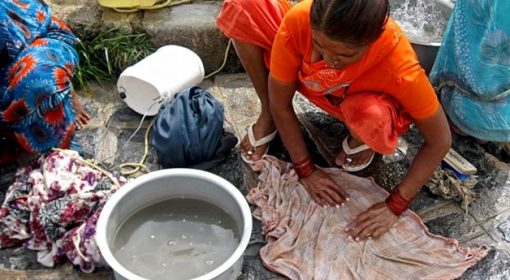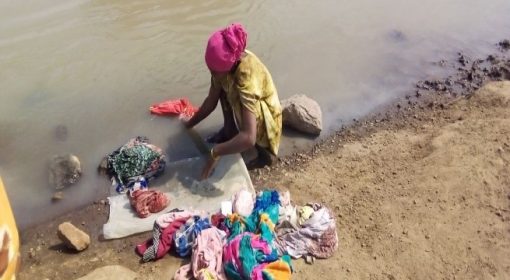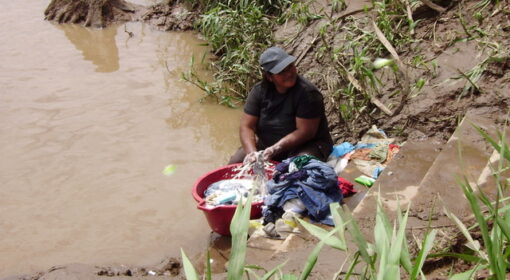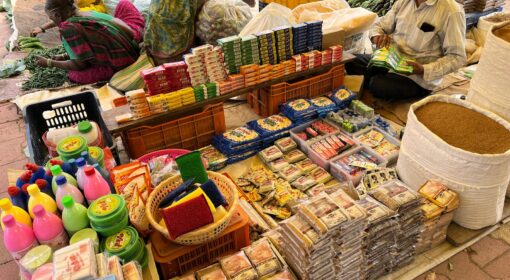by Frank van Steenbergen and Rajeshwar Mishra
June 05, 2020
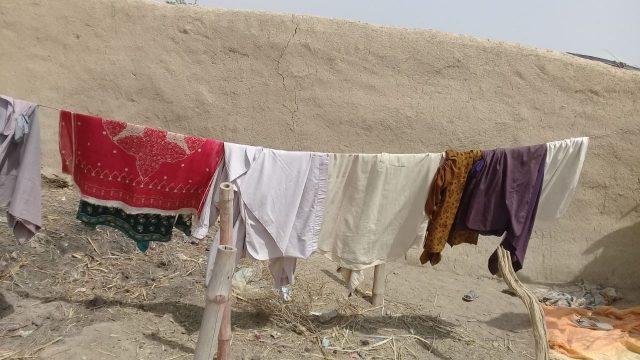
It is a topic that in the debate on WASH (Water, Sanitation and Hygiene) is easily forgotten: laundry. Yet in the way that laundry is done there is scope for making it easier and more hygienic, and for saving water in the process too.
Washing clothes is a main household chore, that almost uniformly befalls women. According to a study in 19 countries, rural women spend an average of 6 hours on domestic work. This is in addition to looking after the family and being involved in economic activities. A woman’s working day around the world typically lasts 13 hours. Washing clothes is a one of these main domestic activities. Saving labour here will free up time for personal care or to attend to family.
Washing clothes is also key to hygiene and health. Germs may spread if clothes are worn too long, or if linen or towels are shared. It is important how clothes are washed – using detergent and keeping the most soiled clothes apart, and avoid touching very dirty laundry by hand. Preserving clothes and keeping them from damage especially for poor is a money saver. In some countries especially in urban areas washing clothes is also means of living – laundrywomen going from home to home.
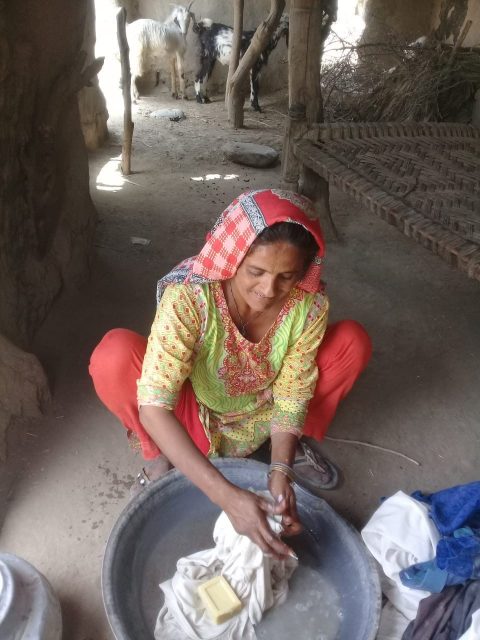
An estimated 500 million women or more have no access to improved laundry methods
A number of time-tested tools can make laundry easier and safer and save water in the process too. At present probably an estimated 500 million women, particularly in Africa and Asia use only the most basic methods for washing clothes: at best a tub and a beater. In some cases a flat slab, while drying clothes on bushes and shrubs is common. A number of easy methods can make the work lighter, improve the cleanliness of clothes and the overall hygiene.
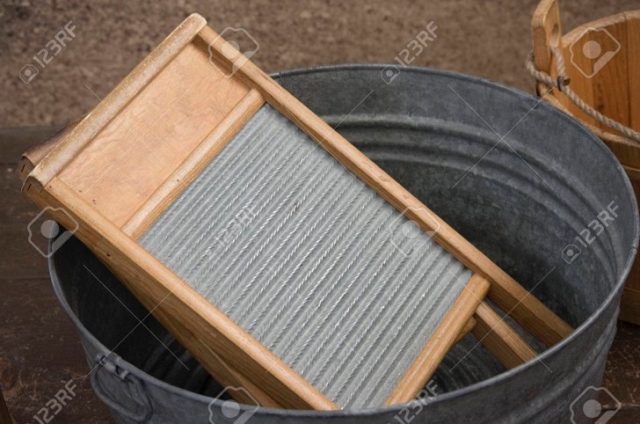
A first useful tool is the corrugated washing board. A corrugated washing board can be made from wood or zinc, or produced from glass or plastic. Wooden boards can be made locally. They make it possible to shrub wet clothes more effectively on the corrugations, saving labour and preserving clothes and bed linen. The wash board can be placed in the washing tub or can be equipped with a small tripod. Here is a video on how it works:
A second improvement is the use of a plunger. The plunger is a long stick with a simple stirrer at the end. There are many models of these. The plunger is used inside the washing tub and moved up and down to agitate the laundry in the tub. This saves labour and improves the effectiveness of washing and cleanliness of the laundry. Depending on the model, the plunger can be made locally, using wood and zinc for instance.
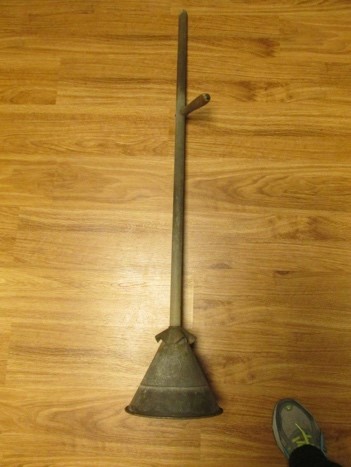
Plunger to agitate the laundry
A more sophisticated way of doing rural laundry is using small hand operated washing machines, basically a spinning machine operated with a handle. The clothes are moved around with small rudder inside the tub. It is an intermediate step to a full electric washing machine – arguably the greatest invention of the industrial revolution . Electric washers in many areas are still unimaginable because of cost and lack of electricity, but new foot operated models are produced in Asia.
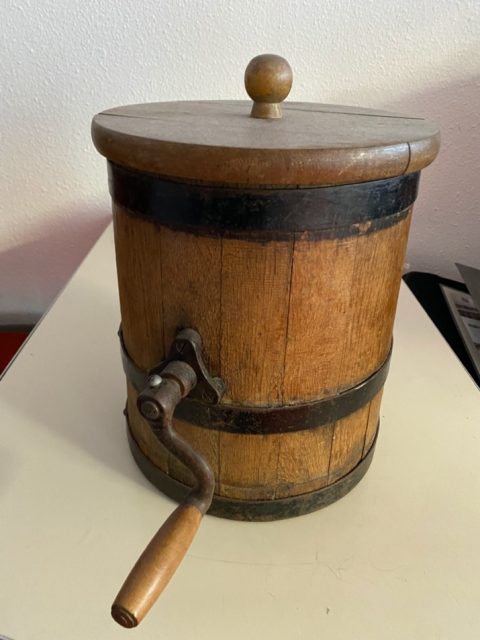
A wooden centrifugal hand washer: plastic models now available
Finally, presoaking dirty clothes and the use of soap, detergent or washing soda is highly recommended – the more so on clothes that are soiled by poo, excretion or infections. In fact, such heavily soiled clothes are best washed separately using boiling water. Also, washing hand after touching dirty clothes is necessary.

